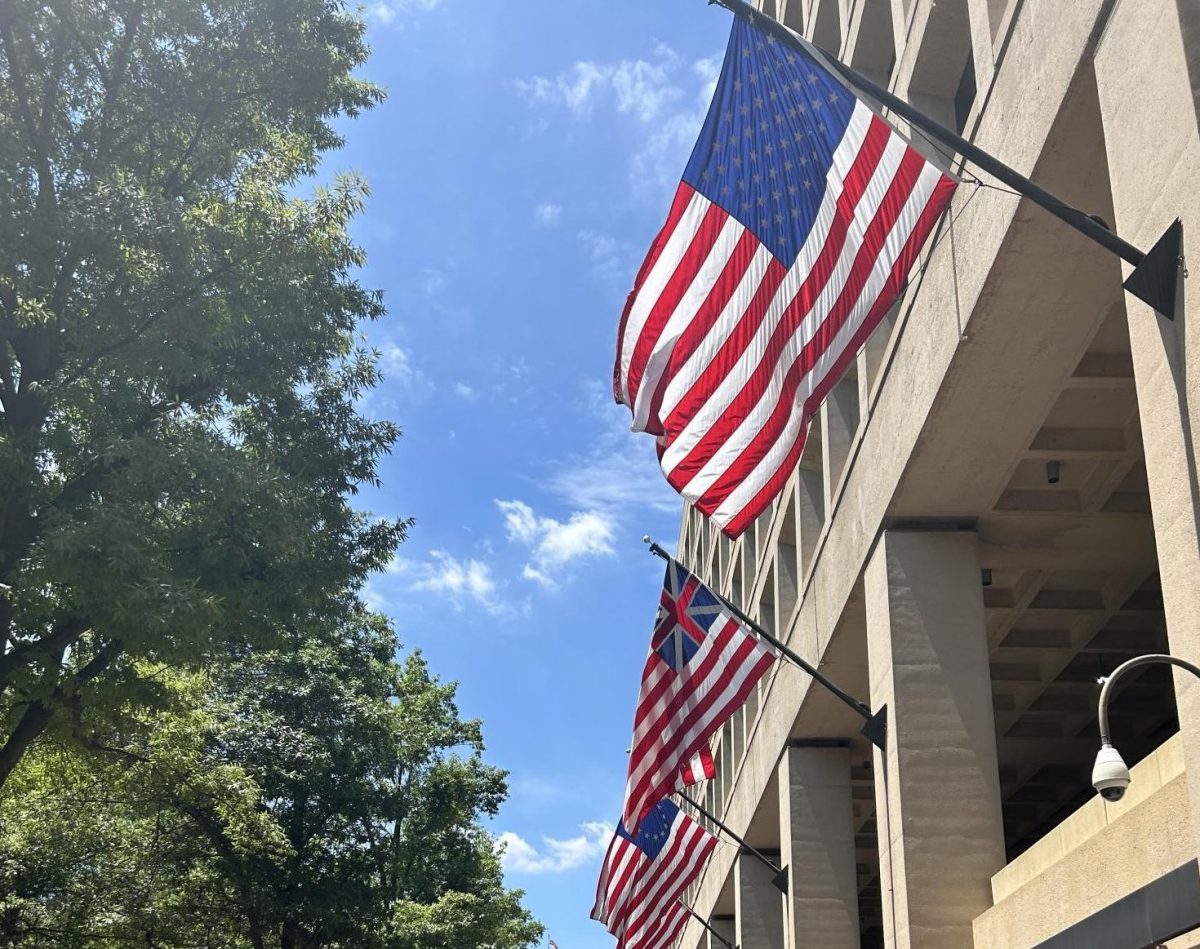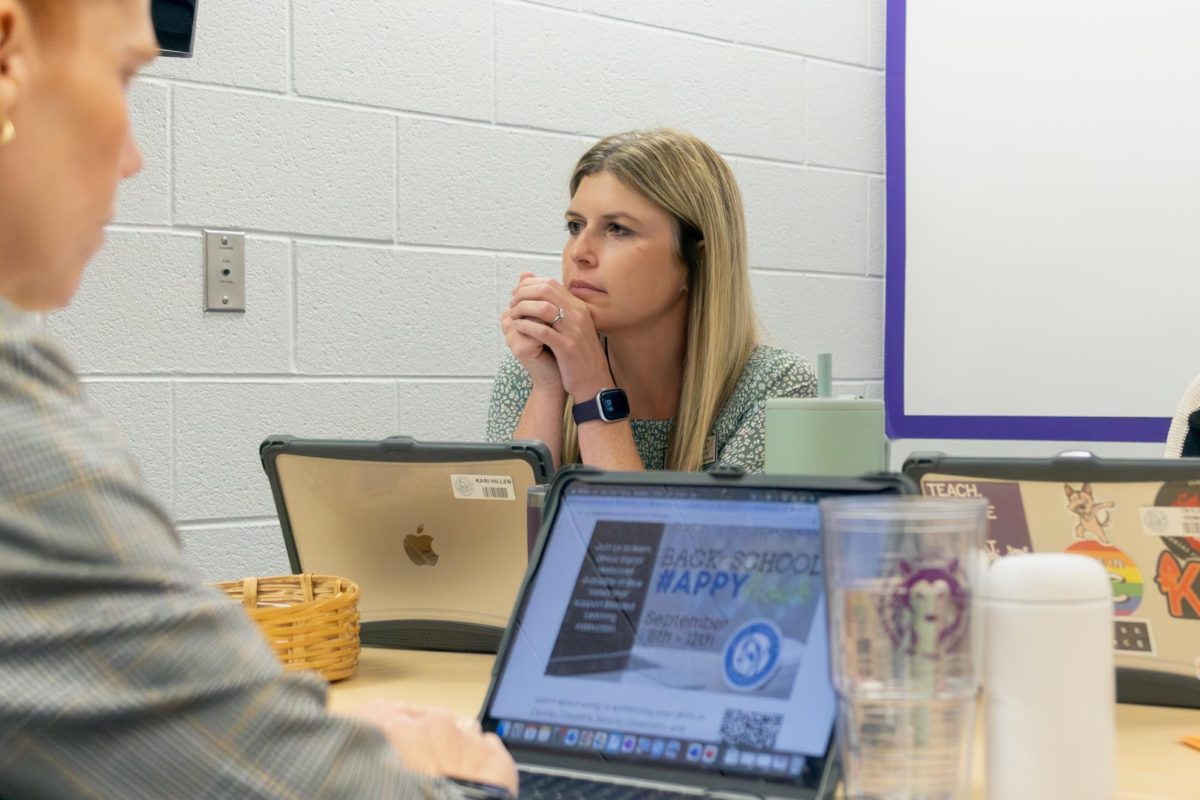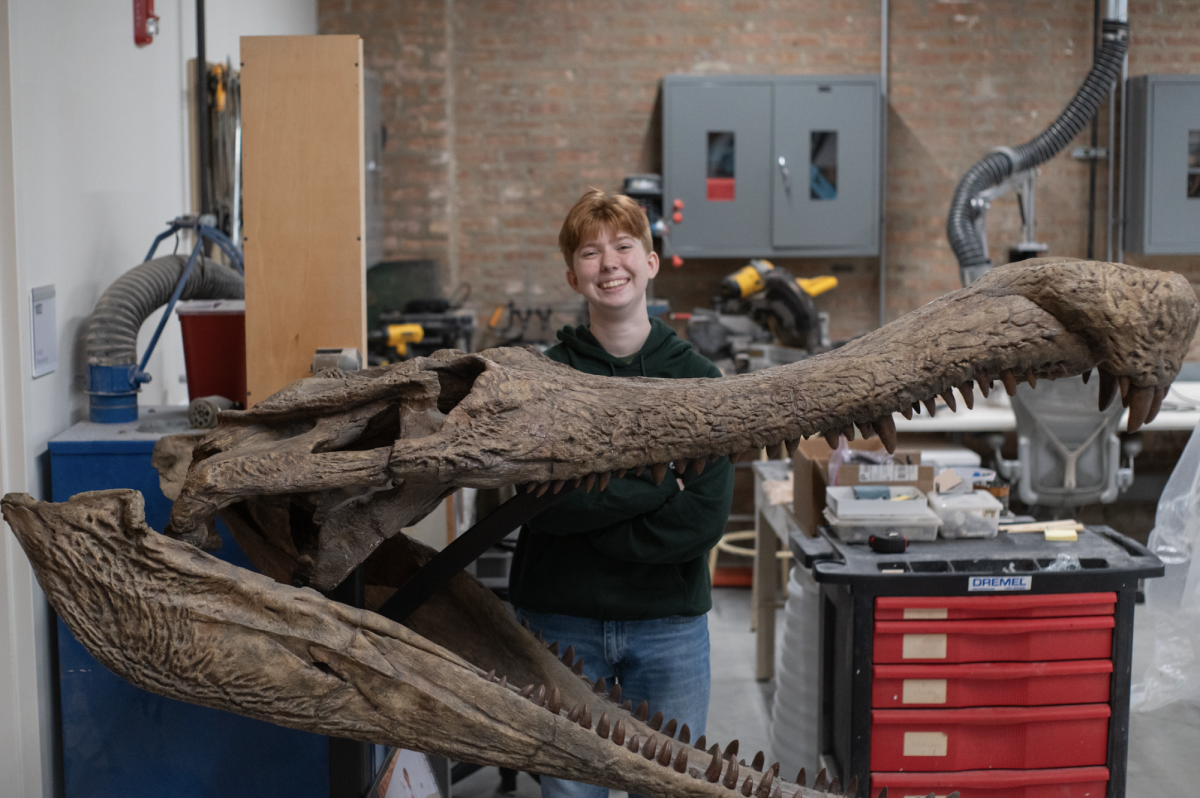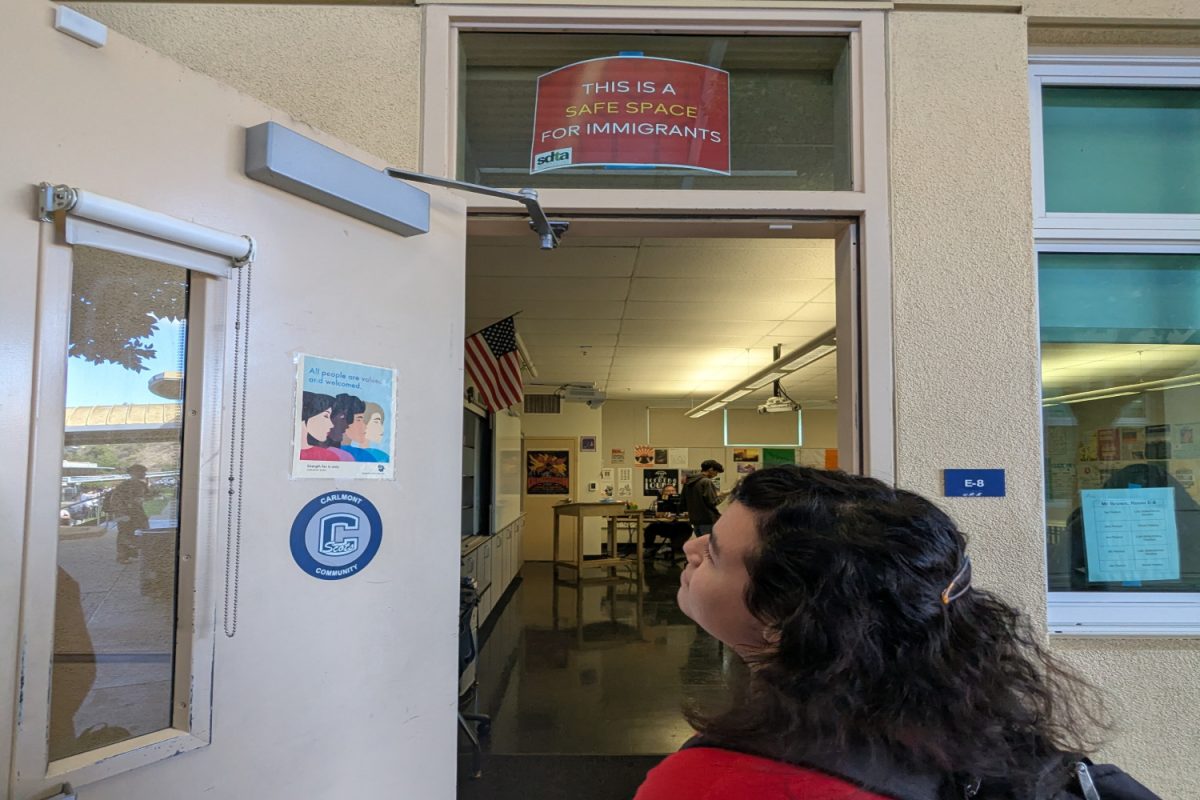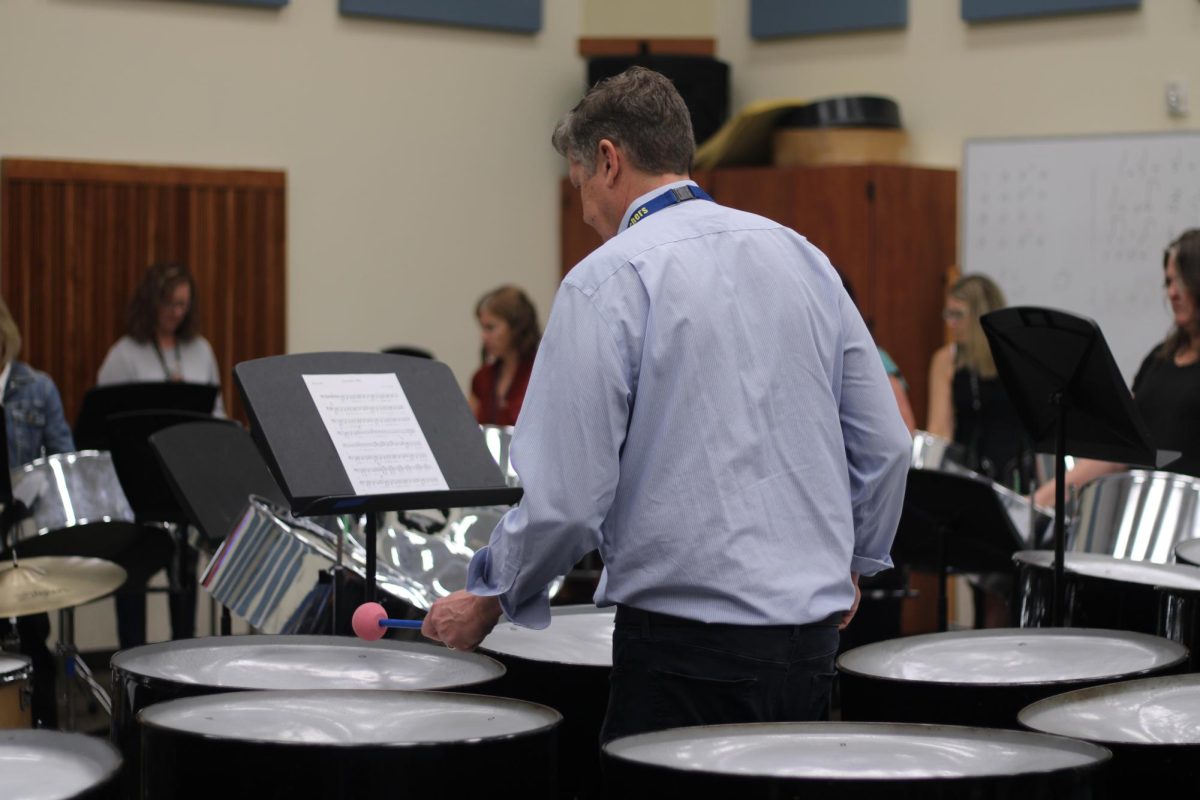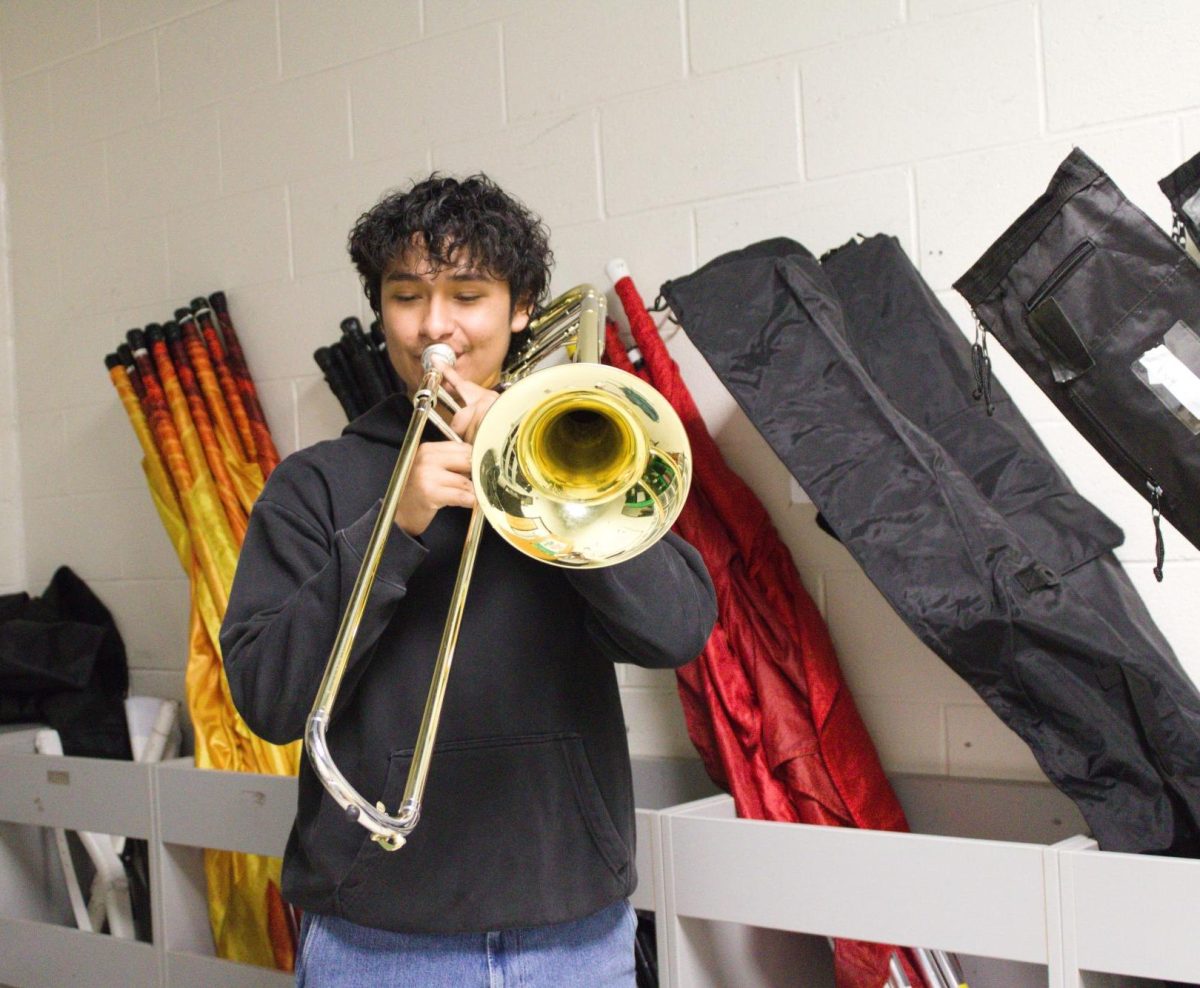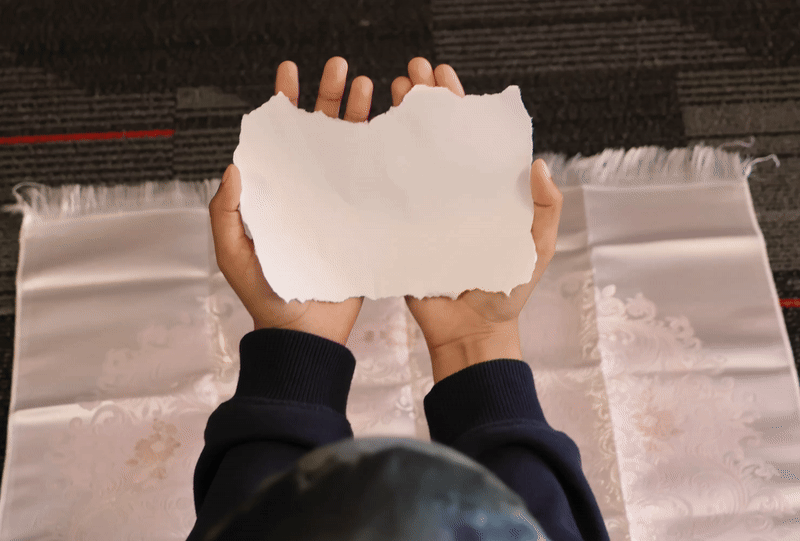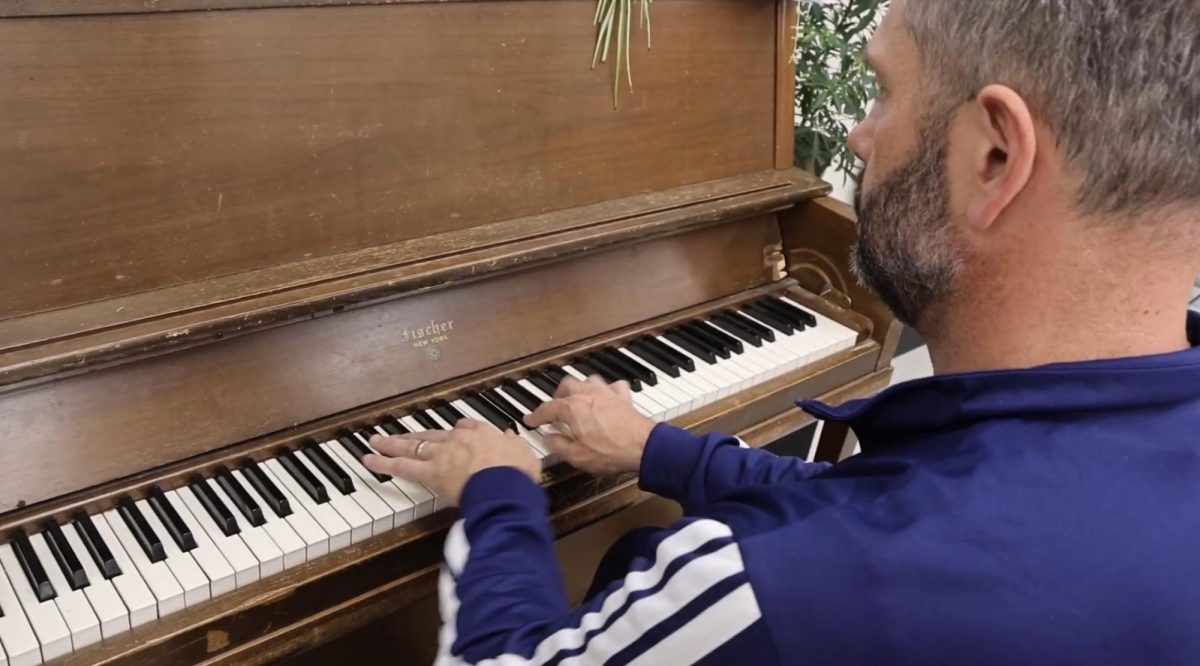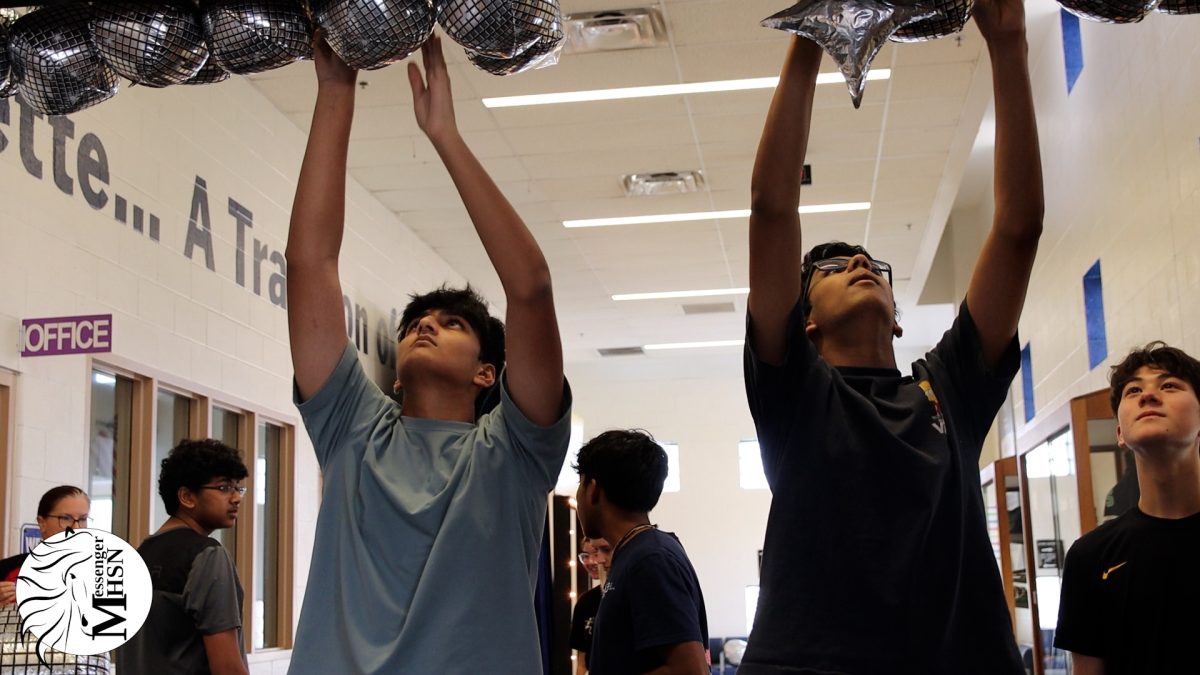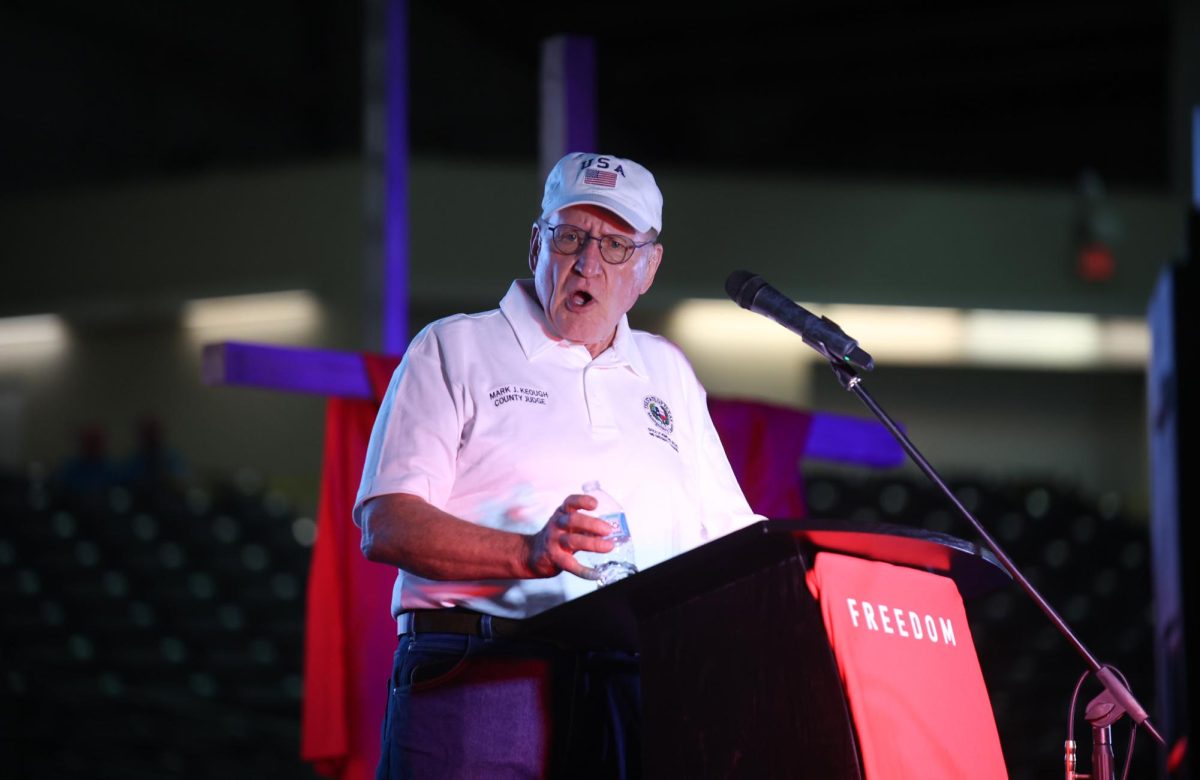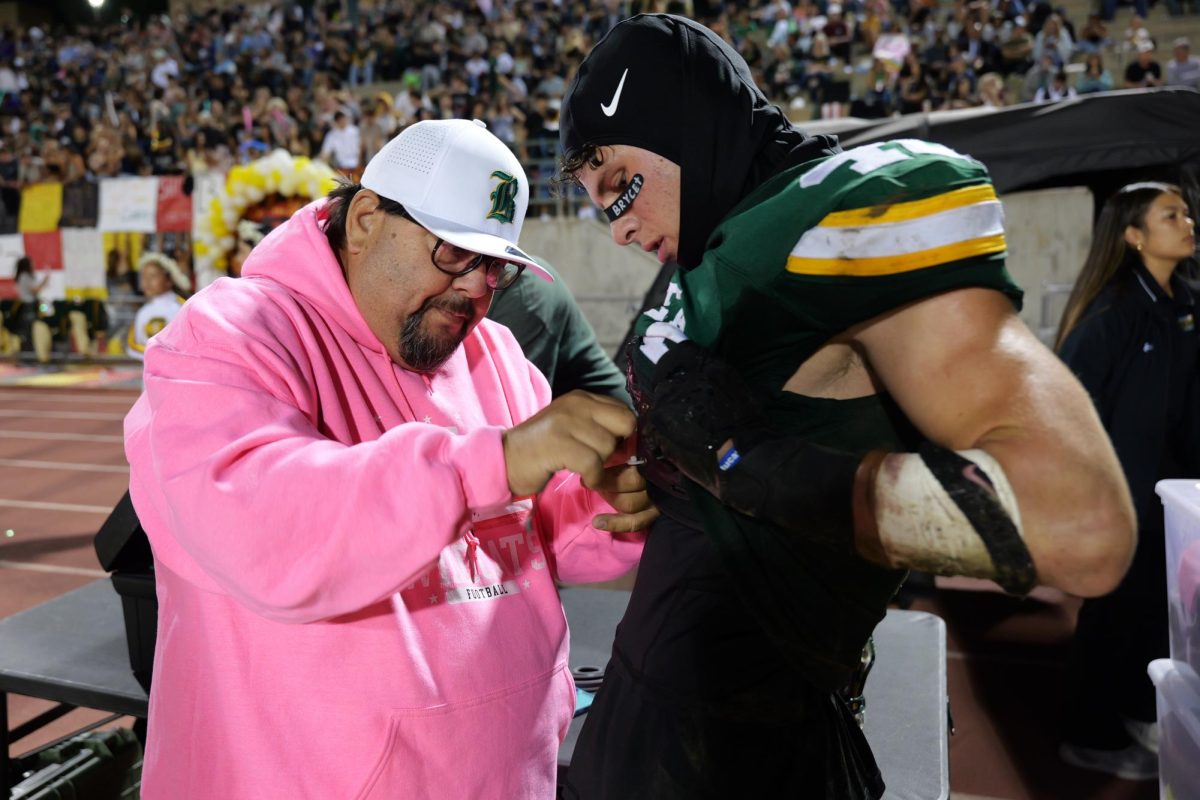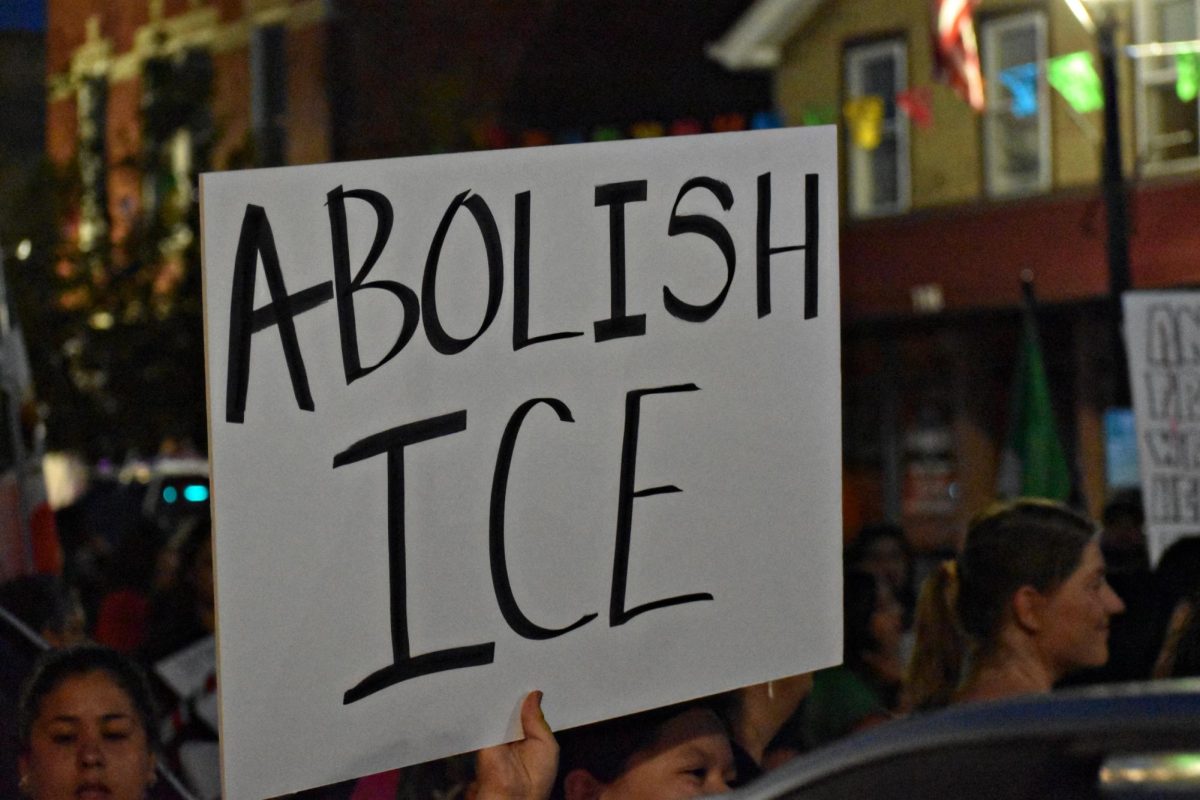Zeb Smathers saw the storm coming. The mayor of Canton, NC was watching the news on Sep. 21, 2024, when a reporter pointed to a storm growing over the Gulf of Mexico.
“The east coast storms don’t bother us,” Smathers said. “Gulf storms do. They get very hot, and they come straight up the Panhandle and they hit the mountains.”
In the two days before it hit Florida, abnormally warm water in the Caribbean Sea and the Gulf of Mexico turned scattered thunderstorms and rain turned into a category four hurricane. Then, on Sept. 26, 2024 the storm hit the mountains. Hard.
Rainfall in western North Carolina over the course of the next three days ranged from 12 inches to more than 31.3 inches, creating flash floods, road washouts and thousands of landslides. The mountains funneled raging torrents of rainwater and debris into low-lying areas, and entire homes were swept away in the floodwaters. The storm tore through five states and devastated a number of valley communities in the Appalachians in western North Carolina. Maureen Copelauf is the mayor of Brevard, NC – a small town in Transylvania County, 30 miles south of Asheville.
“We very rarely have to worry about flooding here in the mountains, but we had landslides, we had flooding, and the biggest surprise was that we totally lost all communication,” Copelauf said. “We were in isolation for three days. We had no electricity, we had no internet, we had no cell service, no landline service, and so we had no way of communicating with the outside world.”
About 3% of the Davidson student body call western North Carolina home, including three students from Haywood County, where Canton is the county seat, and two from Transylvania. 26 students are from Buncombe County, which includes Asheville and is the most populous county in the region. While Hurricane Helene has largely disappeared from national headlines, recovery in western North Carolina remains a daily reality.
“We still have a road that’s completely closed because it got washed out,” Copelauf said. “It had a culvert underneath that washed out and we still haven’t got the money yet from FEMA to repair that road. Most of the people are still in temporary housing, long term temporary housing. We still are trying to get a lot of the infrastructure in the city itself repaired and it’s been almost a year.”
In Henderson County, Commissioner Rebecca McCall is still in the early stages of planning the area’s long-term recovery, specifically in the Hickory Nut Gorge. Helene caused catastrophic flooding in the gorge, particularly in the towns of Chimney Rock and Bat Cave. Landslides and debris destroyed almost all of the homes, businesses and buildings in the area.
“The river got three times as wide as it normally is and houses were just washed down the river and the land they sit on,” McCall said. “We have set up a Hickory Nut Gorge Task Force of citizens down there to come up with a plan as to how they want to rebuild. Do they want to rebuild back the way they were? Do they want the opportunity to do something more than what they were, better than what they were?”
In Lenoir, Mayor Joe Gibbons said the town is largely back on its feet. However, residents are still grappling with the shock of a hurricane in Appalachia, and a new understanding of their vulnerability to natural disasters.
“We live in the western North Carolina mountains,” Gibbons said. “How does a hurricane from the coast come up through here and do the damage that it did to all the mountainous areas, especially even further north in Asheville and Spruce Pine? They got hit even harder, way harder than we even did. The devastation up there was just unbelievable. That’s the hard part, how that all sinks in.”
Funding is another hard part for these local leaders. The Governor’s Recovery Office for Western North Carolina (GROW NC) estimated the total damage and need from Helene to be $59.62 billion. According to a report from the office put out last week, $44.71 billion remains unfunded.
“I think the process that they have right now with FEMA is not working,” Copelauf said. “Everything is just so backed up, we’ve been waiting almost a year to get money to fix our road and to do some of these other repairs, and we have no idea when we’re going to get that funding.”
North Carolina has requested federal funding to cover 48% of Helene’s damage. So far, the state has received funds to cover 9%. States similarly impacted by major hurricanes, like Katrina, Maria and Sandy, received over 70%.
“It’s absolutely disgusting and unacceptable how much money has the citizens of western North Carolina’s name on it sitting in Washington,” Smathers said. “There has to be a better way.”
Earlier this month, Gov. Josh Stein requested an additional $13.5 billion from Congress to fund recovery from Helene, raising his total request from the federal government to $22.8 billion. That includes money that has already been appropriated but requires action by federal agencies. The patience of local leadership is waning.
“These delays have real world consequences,” Smathers said. “I think people in Washington, they’re detached from that. Every day the money is not here is one day that’s more difficult for people here.”
Complicating matters further is a new policy from the Department of Homeland Security requiring Secretary Kristi Noem personally sign off on expenses over $100,000 including FEMA funds.
“Every request is over $100,000,” McCall said. “So I think it’s become a little overwhelming.”
Copelauf urged her national counterparts to think of the people on the ground in Brevard and across the region.
“I think what we need to do is put a human face on it,” Copelauf said. “These are families that just want to get their lives back and it’s on hold until we get everything through this bureaucracy.”
Federal support is a crucial element of recovery, but so are community groups, churches and nonprofits. While they can’t replace the billions of federal dollars North Carolina is waiting on, local organizations created lifelines throughout the region.
“If it hadn’t been for neighbors helping neighbors, nonprofits, churches and outside organizations coming and helping, the numerous food trucks that showed up at their own expense to cook for us, I don’t know if we would have survived,” McCall said.
Local leaders worked across boundaries to support each other.
“Even though we were hit by Helene pretty hard, we sent our people, our police, our fire and others to help other areas,” Gibbons said. “We shared what we got, and people shared with us what they had.”
For all the ways people have come together, the support they have received and the money they are still waiting on, rebuilding carries on, day by day.
“I think it’s important for people to realize that the damage hasn’t been repaired here,” Copelauf said. “Yes, a lot of things are open for business, but a lot of damage is still pending, it still needs to be repaired. We still have families that have had their lives completely disrupted and are not back to normal.”
This story was originally published on Davidsonian on October 1, 2025.


